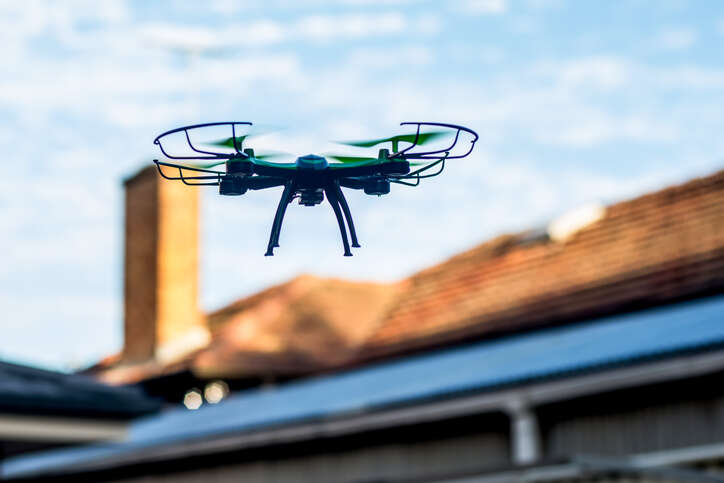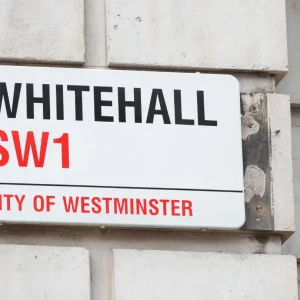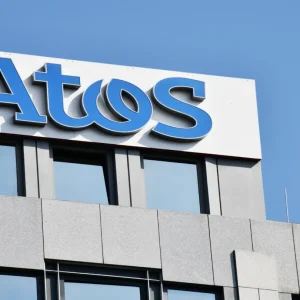
Cancer patients based on the Isle of Wight will get chemotherapy treatment delivered to them by drones as part of a new trial, the NHS has announced.
The drones will make their first flight in the coming weeks. The drugs will be flown directly from the pharmacy at Portsmouth Hospitals University NHS Trust to St Mary’s Hospital on the Isle of Wight. Staff will collect it from the drones, and then distribute to hospital teams and their patients.

The news was announced today, on the NHS’s 74th birthday, with its chief executive Amanda Pritchard describing the deliveries as the latest “extraordinary” instalment in the use innovation and cutting-edge technology by the health service.
The trial is a joint effort between NHS trusts, Solent Transport, the University of Southampton, King’s College London, UK Research and Innovation, the Ministry of Defence, and three private sector partners: Modini, Skylift and Apian.
Why is the NHS using drones for chemotherapy treatment delivery?
Chemotherapy treatment is difficult to transport due to some doses having a short shelf-life, the NHS says. By using the delivery drones, it can cut the usual delivery time to the Isle of Wight from four hours to 30 minutes. It will also save fuel and money, says the NHS, with each drone delivery replacing at least two car journeys and one hovercraft or ferry journey per delivery, cutting carbon emissions.
The system, which has been in development for two years, could also be much more convenient for patients living on the Isle of Wight, who often need to travel to the mainland for treatment.
“Delivering chemo by drone is another extraordinary development for cancer patients and shows how the NHS will stop at nothing to ensure people get the treatment they need as promptly as possible – while also cutting costs and carbon emissions,” Pritchard said.
Health secretary Sajid Javid added: “As the NHS turns 74, innovations like this will help improve patients’ access to lifesaving care while ensuring the NHS is making the best use of the record funding we’re investing to bust the Covid-19 backlogs,”
Are delivery drones being used anywhere else in the UK?
The Isle of Wight drone programme will be trialled first, followed by a similar scheme for the NHS in Northumbria.
Other NHS trusts are investigating use of the MediDrone system developed by Neuron, while another company, Arden & Gem, is working with NHS trusts to potentially enable fast and accurate diagnoses of urinary tract infections in rural communities, where testing facilities may be hundreds of miles away from the local GP surgery.
“In some hospital trusts, we are working on intra-hospital deliveries to increase efficiency and productivity,” Arden & Gem says. “Where trusts are based over multiple sites, logistical challenges can exist which mean that getting samples to testing, delivering results or sending prescriptions can take time.”
By using automated drones within hospital buildings, the time that patients remain in hospitals and bed occupancy timeframes could be decreased, the company believes.
Which public service organisations are using drones?
The NHS isn’t the only public service turning to drones. Earlier this year, Royal Mail announced its own pilot using drones to service remote areas, while Network Rail has been using them as part of rail maintenance. The UK government has also spent more than £1bn on a contract for drones to spot migrants crossing the English Channel.
The machines are considered to be more efficient and emission-friendly. A report by Cranfield University shows drones produce half the emissions of a light commercial vehicle.
Will the use of drones be extended in the UK?
Like other aircraft, drones need to adhere to regulations. They are monitored by the Civil Aviation Authority (CAA) and require a flyer ID for whoever owns or is responsible for the drone.
There are some concerns and challenges when it comes to drones and their greater use in future says Dr Reza Mohammadkhani, an assistant professor at the school of engineering and informatics at the University of Sussex.
Dr Mohammadkhani says that, as it stands, drones need to fly below 120m (400ft), so that there is a reduced risk of coming into contact with other aircraft. They also can’t be less than 50m away from other people, buildings and transport, such as cars, lorries, trains and boats.
Speaking to Tech Monitor last year, Dr John Woods, a senior lecturer in the School of Computer Science and Electronic Engineering at Essex University and long-time drone enthusiast, said that he believes making deliveries over populated areas will remain a pipedream due to safety concerns. “The drones themselves are really reliable, but the batteries aren’t,” he said. “They can fail at any time and then the drone just falls out of the sky.”






